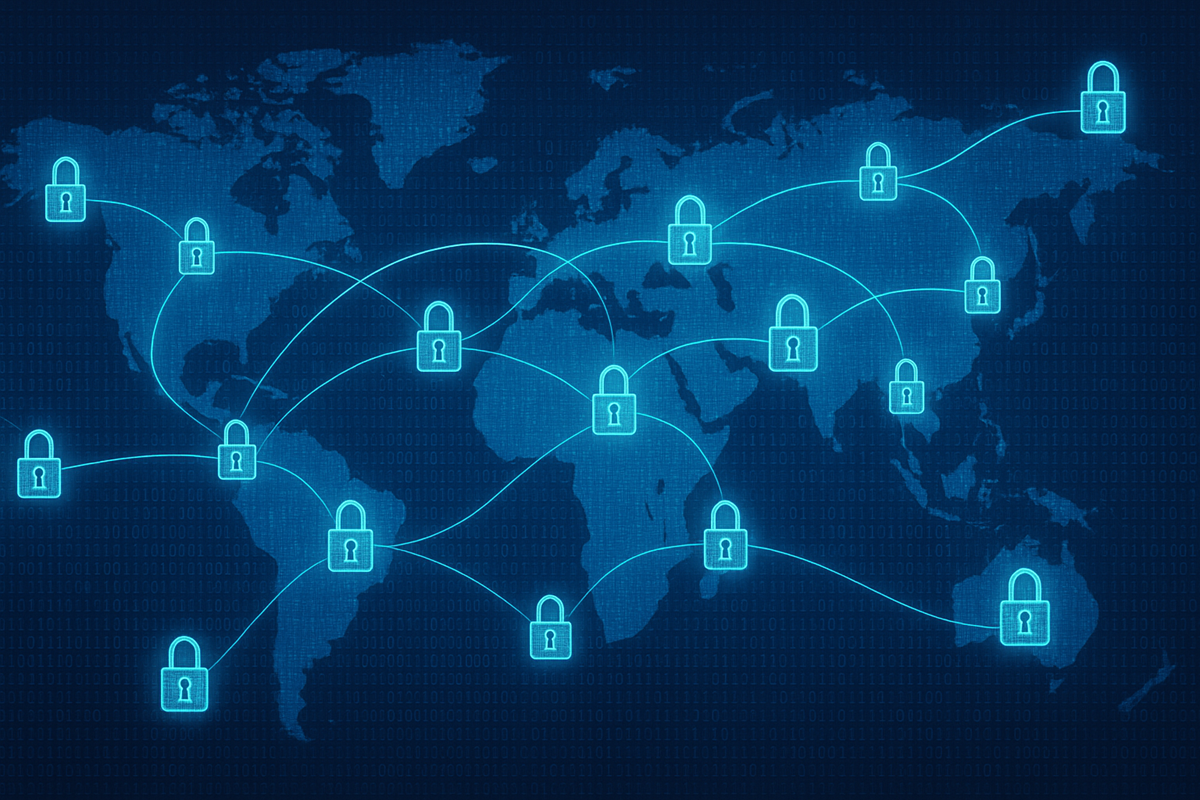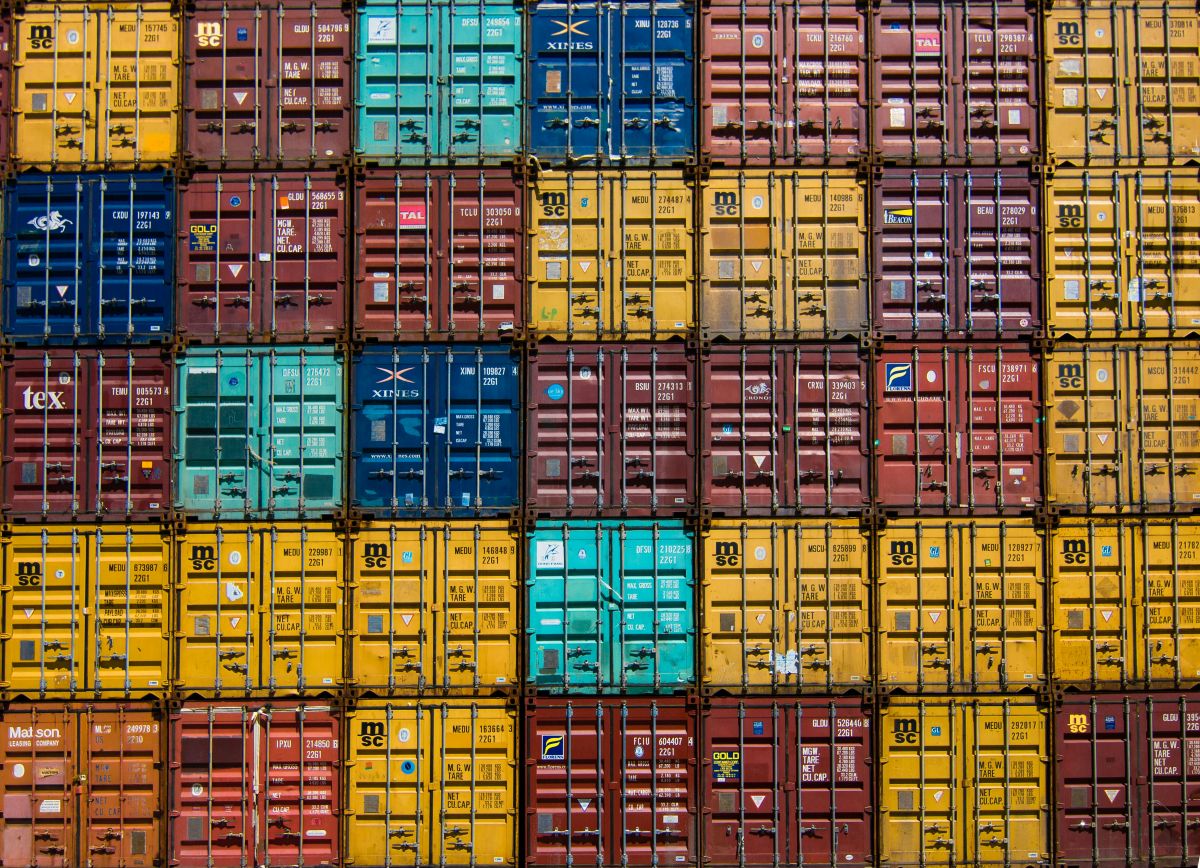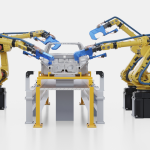
Rising Cyber Budgets Fail To Fix Basic Gaps
Despite a projected 15% rise in cybersecurity budgets for 2025, three out of four companies still lack full visibility into their IT assets, and half

Despite a projected 15% rise in cybersecurity budgets for 2025, three out of four companies still lack full visibility into their IT assets, and half

As AI adoption accelerates across supply chains, the technology’s vulnerabilities are surfacing faster than most companies can respond. From poisoned data to compromised models, supply

Ransomware attacks surged again in Q1 2025, with manufacturing absorbing the brunt of 708 reported incidents worldwide, according to OT cybersecurity firm Dragos. As attackers

As hackers shift focus to third-party vendors, retail and hospitality firms face rising cyber risks that disrupt operations, expose customer data, and trigger legal fallout.

A few weeks after a ransomware attack paralyzed M& S’s digital infrastructure, its online sales remain suspended and supply chain teams are still relying on

Geopolitical disruption isn’t just about trade—it’s exposing operational blind spots, cybersecurity risks, and supplier vulnerabilities. Supply chain leaders have always tracked the economic impact of

Forward-thinking supply chain leaders are transforming Scope 3 reporting into a powerful tool for resilience, performance, and competitive advantage. Once dismissed as a reporting burden,

Wells Fargo sees rising interest in supply chain finance programs as U.S. companies face mounting costs and uncertainty from shifting tariff policy under President Trump.

A new forecast warns of double-digit declines in U.S. container imports beginning in May, as retaliatory tariffs shake confidence and push retailers into inventory drawdown

As U.S. trade policy drives uncertainty for global supply chains, Novartis plans to build six factories and a new R&D hub to anchor production for

Despite a projected 15% rise in cybersecurity budgets for 2025, three out of four companies still lack full visibility into their IT assets, and half

As AI adoption accelerates across supply chains, the technology’s vulnerabilities are surfacing faster than most companies can respond. From poisoned data to compromised models, supply

Ransomware attacks surged again in Q1 2025, with manufacturing absorbing the brunt of 708 reported incidents worldwide, according to OT cybersecurity firm Dragos. As attackers

As hackers shift focus to third-party vendors, retail and hospitality firms face rising cyber risks that disrupt operations, expose customer data, and trigger legal fallout.

A few weeks after a ransomware attack paralyzed M& S’s digital infrastructure, its online sales remain suspended and supply chain teams are still relying on

Geopolitical disruption isn’t just about trade—it’s exposing operational blind spots, cybersecurity risks, and supplier vulnerabilities. Supply chain leaders have always tracked the economic impact of

Forward-thinking supply chain leaders are transforming Scope 3 reporting into a powerful tool for resilience, performance, and competitive advantage. Once dismissed as a reporting burden,

Wells Fargo sees rising interest in supply chain finance programs as U.S. companies face mounting costs and uncertainty from shifting tariff policy under President Trump.

A new forecast warns of double-digit declines in U.S. container imports beginning in May, as retaliatory tariffs shake confidence and push retailers into inventory drawdown

As U.S. trade policy drives uncertainty for global supply chains, Novartis plans to build six factories and a new R&D hub to anchor production for



©Your trusted source for cutting-edge insights, best practice frameworks, and the latest news tailored exclusively for Supply Chain leaders.
Part of 360 Intelligence Ltd